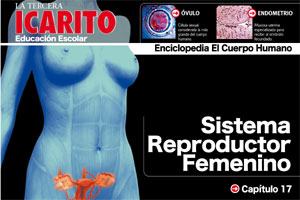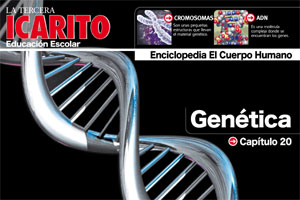Summaries
Female reproductive organs
– The pelvic cavity is the place where most of the female reproductive organs are found.
– The ovaries generate mature ovules and secrete the female sexual hormones, estrogens and progesterone.
– Fertilization takes place in the fallopian tubes.
– The layers that make up the uterus are the myometrium, endometrium and perimetrium.
– The vulva houses the female genital structures: mound of Venus, labia majora, labia minora, clitoris and major vestibular and paraurethral glands.
Reproductive cycles
– The menstrual cycle is a series of processes that make fertilization possible periodically. It last approximately 28 days.
– The luteinizing hormone (LH) and the follicle stimulating hormone(FSH) are activated in the hypophysis and take part in the menstrual cycle.
-Menstruation corresponds to the exit of an important part of the endometrium through the vaginal orifice when the ovule has not been fertilized.
– Ovogenesis is the formation, differentiation, and maturation of female sexual cells, the ovaries.
Disorders of the female reproductive system
-Among the most frequent breast disorders the most common are: breast cancer, mastitis and cysts.
-Cervical cancer occurs when the cells of the cervix begin to proliferate abnormally. There are two types: the squamous cell carcinoma, and the adenocarcinoma.
– Endometriosis corresponds to an abnormal expansion of the endometrium in different areas of the uterus
-Sexually transmitted diseases are acquired during sexual contact with an infected person.







 Nace Charles Chaplin
Nace Charles Chaplin